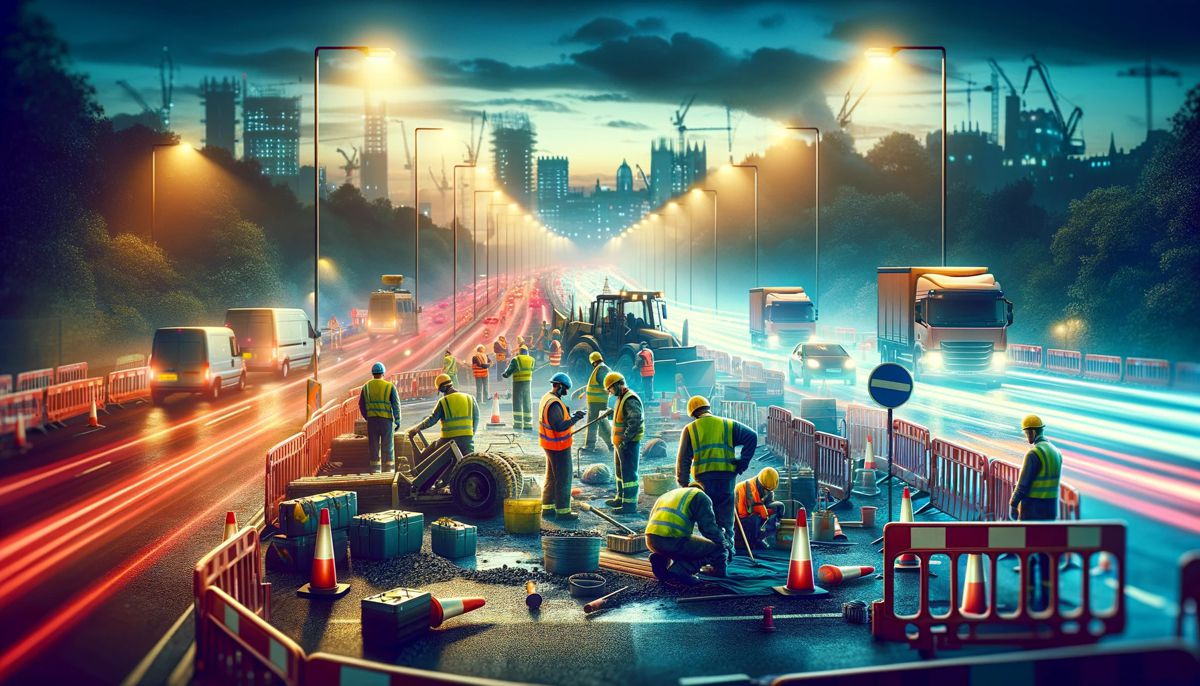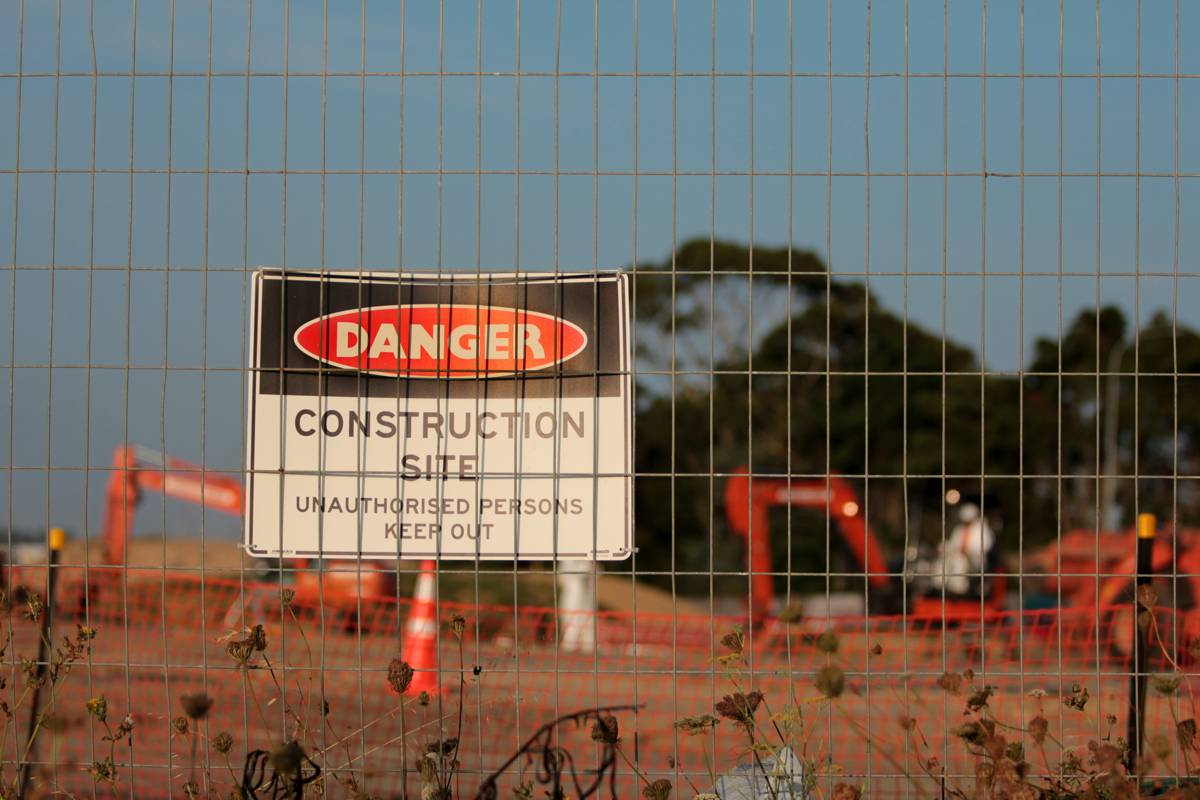Road Work Ahead: Implementing Top Safety Measures for Construction Workers
Roads are not safe places. Every year, over 135,000 people are injured in accidents on the UK’s highways. Of these, nearly 2,000 die.
If roads are already dangerous for drivers, imagine the risk faced by road construction workers. These professionals risk their lives every day to keep the arteries through which the British economy flows in good condition, often facing working conditions that are far from ideal.
In addition to physical dangers, these workers often work irregular hours, including nights and weekends, which can further increase their vulnerability.
It is because of these hazards that employers need to implement various safety measures to minimise the risks.
Tips to Keep Workers Safe
Here are several effective tips for enhancing safety in road construction zones.
Implement a comprehensive plan beforehand
Before starting, it is crucial to have a plan that considers all scenarios. Begin with a thorough risk assessment to identify potential hazards related to traffic flow, worker exposure, and equipment use. This assessment should take into account the types and volumes of vehicles that typically travel through the construction zone.
Design traffic patterns that minimise interactions between construction activities and vehicular traffic. This might involve creating detours, using lane shifts, or implementing partial road closures. Of course, the designs must comply with national and local road safety regulations.
Mark the construction zone with appropriate signage and signals. Signs should be visible and provide drivers with enough time to reduce speed or change lanes safely. Use display screens for real-time updates and feedback on current traffic conditions. Install physical barriers such as cones, barrels, and Jersey barriers to separate traffic from work areas.
Provide Protective Equipment and High-Visibility Clothing
Ensure that all workers are equipped with high-visibility clothing such as vests, jackets, and trousers that meet the required safety standards. These garments should be bright and made of reflective material so that personnel are visible both during the day and at night. They should also be suitable for all weather conditions.
Provide helmets that comply with the British Standard BS EN 397, specifically designed for construction environments. Workers should wear safety footwear that offers protection against slips, trips, falls, and punctures. The shoes should have non-slip soles and adequate tread, and may include steel toes and puncture-resistant midsoles, conforming to BS EN ISO 20345.
Supply safety glasses or goggles that meet BS EN 166 to protect against flying debris, dust, and other hazardous materials. In areas with high noise levels, provide earplugs or earmuffs that conform to BS EN 352 to prevent hearing damage.
Give employees gloves that protect against cuts, abrasions, and chemical exposures. They should also allow for easy handling of tools and materials. For environments with exposure to dust, fumes, or vapours, provide respiratory protection such as dust masks or respirators meeting the standards outlined in BS EN 149.
Do Not Underestimate the Importance of Adequate Training
Specialised training is paramount. Start with comprehensive safety instructions about the potential hazards present in road construction environments. This should cover the risks associated with heavy machinery, vehicle traffic, noise, dust, and working with hazardous materials.
Ensure that all workers are thoroughly educated in operational procedures, including the correct use of tools and machinery, as well as safety protocols for emergency situations. This training should be specific to their job roles and responsibilities on the construction site.
Instruct workers in clear and effective communication, including the use of hand signals, verbal commands, and the proper operation of transmission devices like radios. Training should also cover the importance of reporting safety concerns and near misses. Moreover, conduct regular drills and simulation exercises.
Understanding the Consequences of Accidents
Failing to follow these recommendations can have serious consequences. Workers can be hit by moving vehicles or construction equipment, or be caught in or between equipment such as rollers, conveyors, and rotating parts, leading to crushing injuries or amputations. There are also risks of electric shocks and exposure to irritating substances.
If any of these dire scenarios materialise, the repercussions for the companies’ reputations could be catastrophic. Accidents can lead to substantial financial losses due to halted construction, legal fees, fatal accident claims, and increased insurance premiums. Businesses can even lose clients and have contracts cancelled.
Remember that all employers have a duty of care towards their employees. It is everyone’s responsibility to ensure the safety of workers, especially when these professionals are exposed to risky situations.















